Reptiles have roamed our planet for more than 300 million years, surviving the mass extinction that wiped out the dinosaurs and adapting to countless environmental changes. Despite their remarkable resilience, today’s reptiles face unprecedented challenges. From habitat destruction to climate change, human activities threaten reptile populations worldwide, with nearly one in five species now at risk of extinction. Yet these ancient creatures—snakes, lizards, turtles, crocodilians, and tuataras—play vital and often underappreciated roles in maintaining ecosystem health. Their conservation isn’t just about preserving fascinating animals; it’s about safeguarding ecosystem functions that ultimately benefit all life on Earth, including humans. This article explores why reptile conservation matters, the ecological roles these animals play, the threats they face, and how we can work to protect them for future generations.
The Ecological Role of Reptiles as Predators
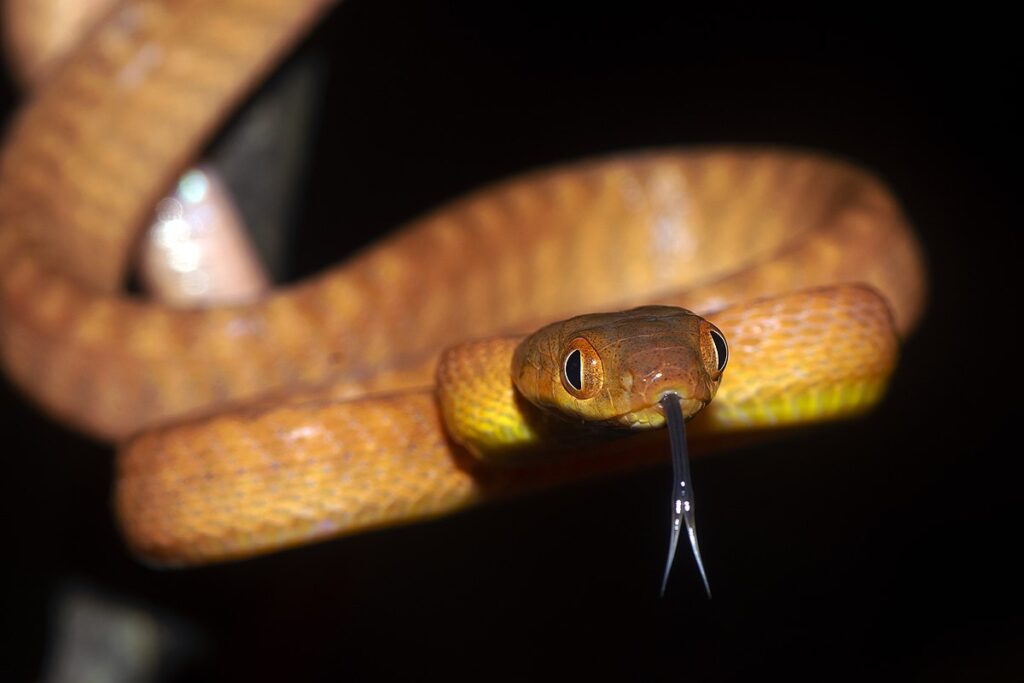
Many reptiles serve as important predators in their ecosystems, helping to regulate populations of potential pest species. Snakes and lizards consume vast quantities of rodents and insects, providing natural pest control that benefits agriculture and public health. For example, a single rat snake can consume dozens of rodents annually, helping to limit populations that might otherwise damage crops or spread disease. In agricultural settings, the presence of reptilian predators can reduce the need for chemical pesticides, supporting more sustainable farming practices. This predatory role creates a ripple effect through food webs, influencing the abundance and behavior of many other species in the ecosystem.
Reptiles as Prey: Supporting Biodiversity

While many reptiles are predators, they also serve as critical food sources for numerous other animals. Birds of prey, mammals, and larger reptiles all rely on smaller reptiles as an important part of their diet. Turtle eggs and hatchlings, for instance, provide seasonal nutrition for many coastal and freshwater predators, from raccoons to fish. The abundant lizards of many ecosystems represent a significant protein source for predatory birds, helping to support diverse avian communities. This position in the middle of food webs means that declining reptile populations can trigger cascading effects, potentially reducing the abundance of the predators that depend on them while allowing their own prey species to increase unchecked.
Seed Dispersal and Plant Regeneration
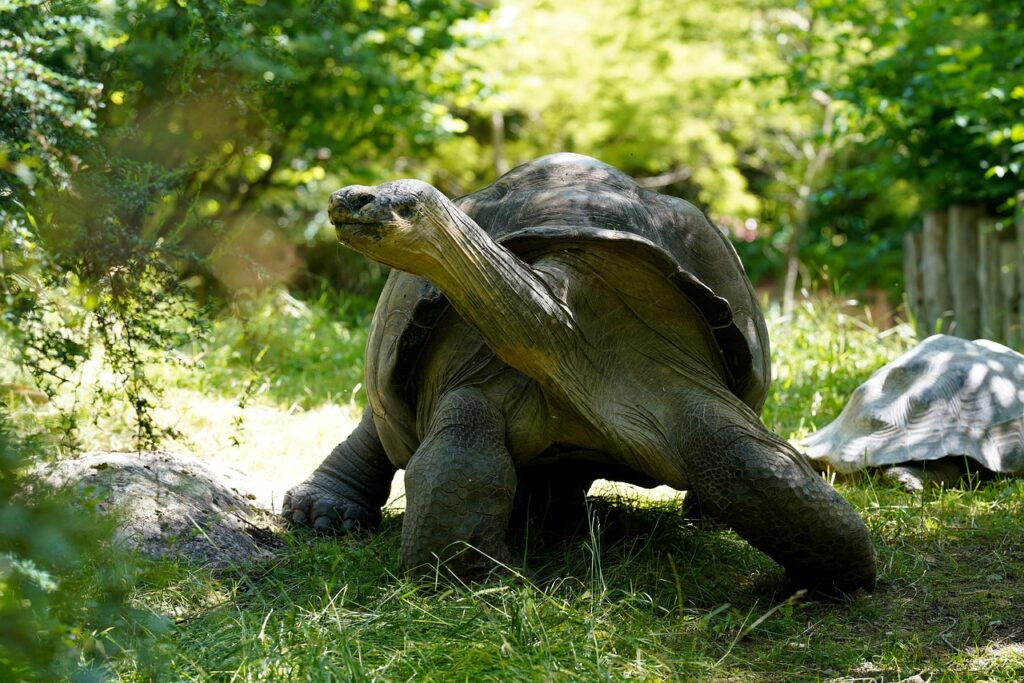
Many fruit-eating reptiles play crucial roles in seed dispersal, helping to maintain and regenerate plant communities. Tortoises and some lizard species consume fruits and subsequently disperse the seeds through their droppings, often carrying them considerable distances from the parent plant. This process is particularly important in island ecosystems, where reptiles may be among the few native seed dispersers available. In the Galápagos Islands, giant tortoises are known as “ecosystem engineers” partly because of their role in distributing plant seeds across the landscape. Some plants have even evolved fruits specifically adapted to attract reptilian dispersers, highlighting the deep ecological relationships that have developed over evolutionary time.
Nutrient Cycling and Soil Health

Reptiles contribute significantly to nutrient cycling in ecosystems through their feeding activities and waste production. As they consume prey and plant material, reptiles process these nutrients and return them to the environment through their excrement, making elements like nitrogen and phosphorus available to plants and other organisms. In some environments, such as small islands or desert ecosystems with large reptile populations, this nutrient cycling can be a dominant factor in soil fertility. Burrowing reptiles also physically mix soil layers, improving aeration and water penetration much like earthworms do in temperate regions. These combined activities help maintain soil health and productivity, supporting the plant communities that form the foundation of terrestrial ecosystems.
Habitat Engineers: Reptiles That Modify Environments
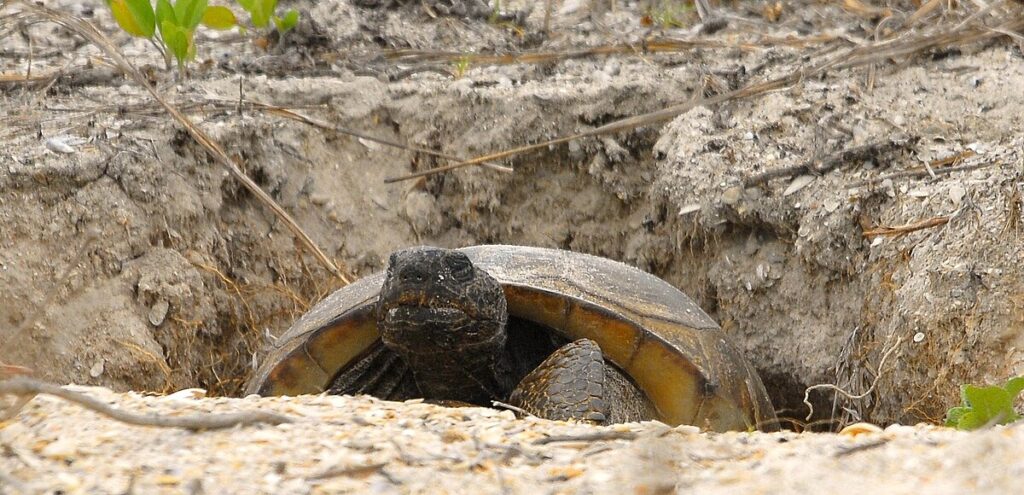
Several reptile species actively modify their habitats in ways that benefit numerous other organisms. Gopher tortoises of North America’s southeastern coastal plains dig extensive burrows that provide shelter for more than 350 other animal species, from insects to mammals. These burrows offer protection from predators, extreme temperatures, and wildfires, earning the gopher tortoise its designation as a keystone species. Similarly, the nesting activities of sea turtles contribute to beach and dune dynamics, helping to maintain coastal ecosystems. Crocodilians create and maintain small wetlands in dry seasons through their wallowing behavior, providing critical water sources for many species during drought periods. These habitat modifications demonstrate how reptiles can shape entire ecosystems beyond their roles in food webs.
Reptiles as Indicators of Environmental Health
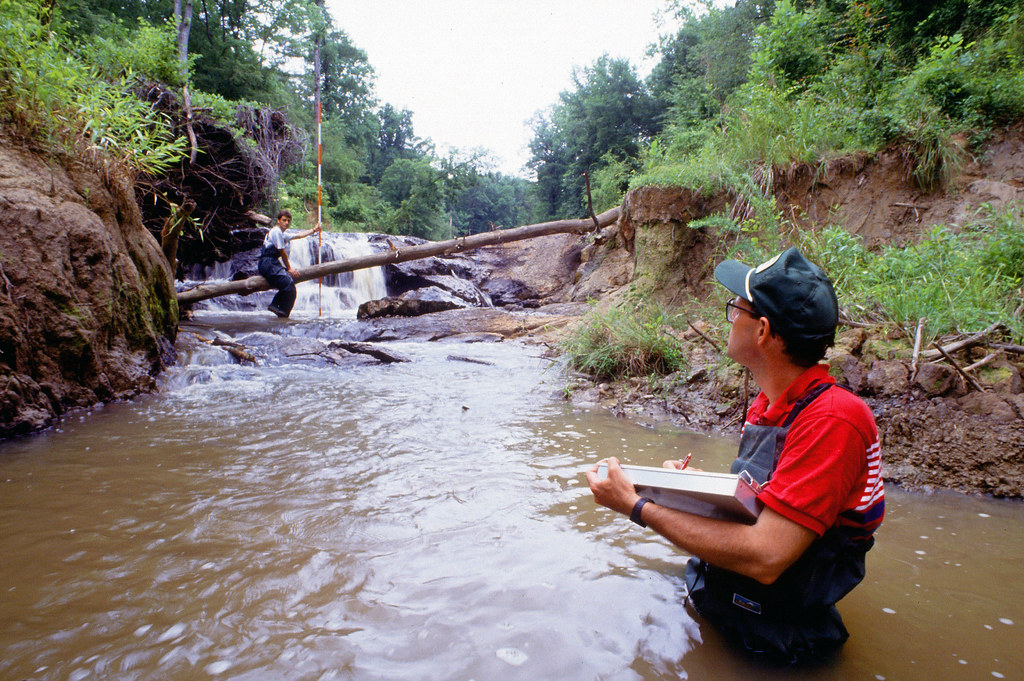
Due to their specific habitat requirements and environmental sensitivities, reptiles often serve as excellent indicator species for ecosystem health. Many reptiles have permeable skin or eggs that make them particularly vulnerable to environmental contaminants, allowing them to function as early warning systems for pollution. Their ectothermic physiology also makes them sensitive to temperature changes, making reptile populations useful indicators of climate change impacts. In wetland ecosystems, the presence or absence of certain turtle species can signal water quality issues that might affect human health as well. Monitoring reptile populations thus provides valuable information about broader environmental conditions, helping scientists and conservationists identify ecosystems at risk and evaluate the success of restoration efforts.
Threats from Habitat Loss and Fragmentation

Perhaps the most significant threat to reptile populations worldwide is the ongoing destruction and fragmentation of their habitats. As forests are cleared, wetlands drained, and grasslands converted to agriculture or urban development, reptiles lose the specific environments they need for survival. Many reptiles have limited mobility and specific habitat requirements, making them particularly vulnerable to landscape changes. Habitat fragmentation compounds these problems by isolating reptile populations, preventing genetic exchange and reducing their ability to adapt to environmental changes. Road networks pose a particular challenge, with millions of reptiles killed by vehicles annually as they attempt to move between habitat fragments. The cumulative effect of these habitat changes has led to severe population declines for many reptile species, particularly those with specialized needs or limited ranges.
Climate Change Impacts on Reptile Populations
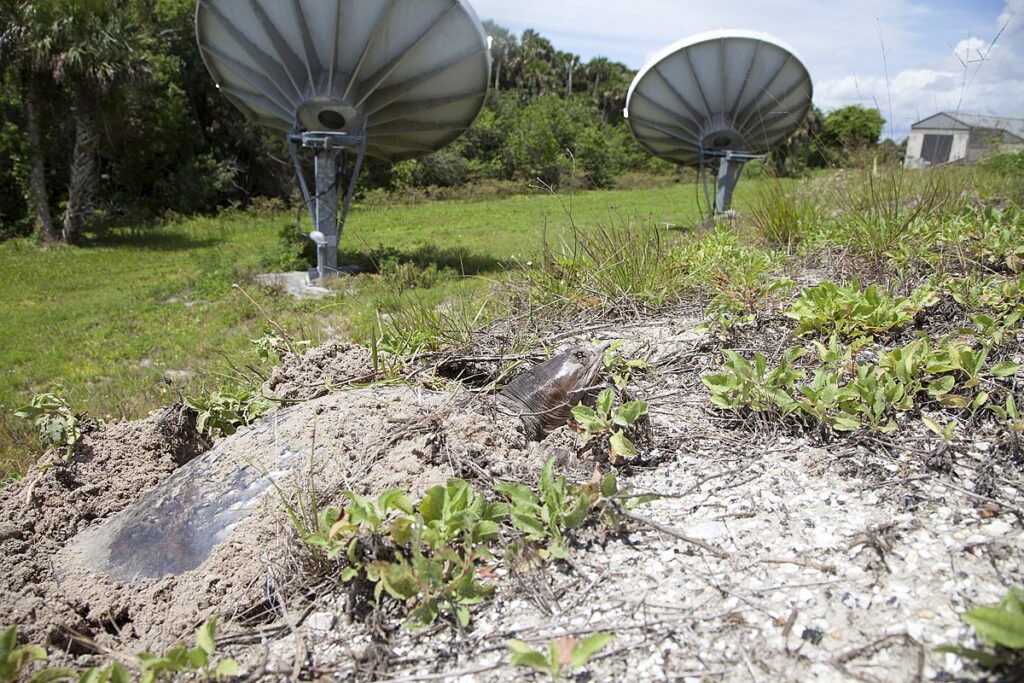
As ectotherms that rely on environmental temperatures to regulate their bodily functions, reptiles are particularly vulnerable to climate change. Rising temperatures can disrupt reptile reproduction, especially for species with temperature-dependent sex determination, where the sex of offspring is determined by incubation temperature. For example, studies show that some turtle populations are becoming increasingly female-biased as nests warm, potentially leading to reproductive failure. Changing precipitation patterns also threaten reptiles by altering habitat quality and availability, particularly for aquatic and semi-aquatic species. Extreme weather events like droughts, floods, and intense storms—all increasing with climate change—can cause direct mortality and habitat destruction. While some reptile species may adapt by shifting their ranges, many lack the mobility or suitable habitat corridors to make such adjustments quickly enough.
The Pet Trade: Conservation Challenges and Opportunities

The global trade in reptiles for pets represents both a threat and a potential opportunity for conservation. Millions of reptiles enter the international pet trade annually, with collection from wild populations contributing to declines of many species, particularly those with high commercial value or limited ranges. Rare species are especially vulnerable, as their scarcity often increases their market value, creating incentives for continued collection even as populations dwindle. However, sustainable captive breeding programs can potentially reduce pressure on wild populations while satisfying market demand. Some conservation organizations have also developed community-based programs that provide sustainable income from carefully managed reptile harvesting, giving local people economic incentives to protect habitats and populations. Balancing the legitimate interests of reptile enthusiasts with conservation needs remains a complex challenge requiring thoughtful regulation and education.
Invasive Species and Their Impact on Native Reptiles
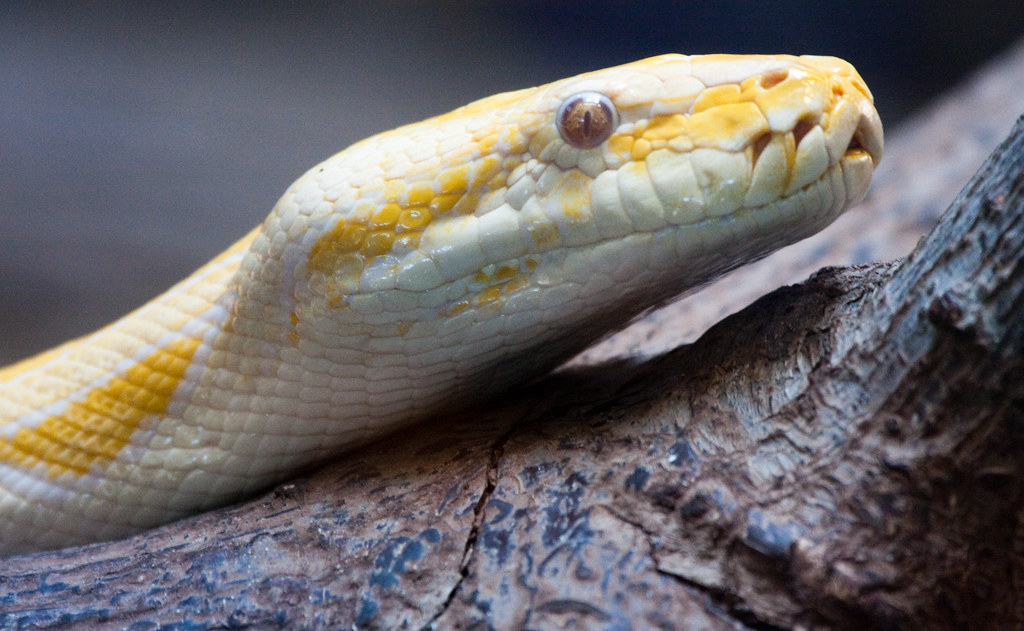
Introduced reptile species have become significant conservation concerns in many regions, often outcompeting, preying upon, or transmitting diseases to native species. The Burmese python in Florida’s Everglades represents perhaps the most infamous example, with these escaped or released pets devastating native mammal and bird populations while also competing with native reptiles. Similarly, the brown tree snake has eliminated most native bird species on Guam since its accidental introduction in the mid-20th century. Invasive reptiles can be particularly problematic on islands, where native species have often evolved without strong defenses against novel predators or competitors. The pet trade frequently serves as the initial source of these invasions, with released or escaped pets establishing breeding populations in suitable habitats. Once established, invasive reptile populations are extremely difficult and costly to control, making prevention through responsible pet ownership and import regulations essential.
Conservation Success Stories: What’s Working

Despite the many challenges facing reptile conservation, important successes demonstrate that decline is not inevitable. The American alligator represents one of wildlife conservation’s great success stories, recovering from near-extinction in the mid-20th century to stable populations today thanks to hunting regulations and habitat protection. Similarly, several sea turtle species have shown population increases at protected nesting beaches where community-based conservation programs engage local residents in protection efforts. The Antiguan racer snake has recovered from a population of just 50 individuals to over 1,000 through invasive predator removal and habitat restoration on small Caribbean islands. Captive breeding and reintroduction programs have also proved successful for species like the Grand Cayman blue iguana, which rebounded from fewer than 25 wild individuals to over 1,000 today. These successes share common elements: strong legal protections, habitat conservation, community involvement, and addressing specific threats through targeted interventions.
Conservation Strategies for the Future
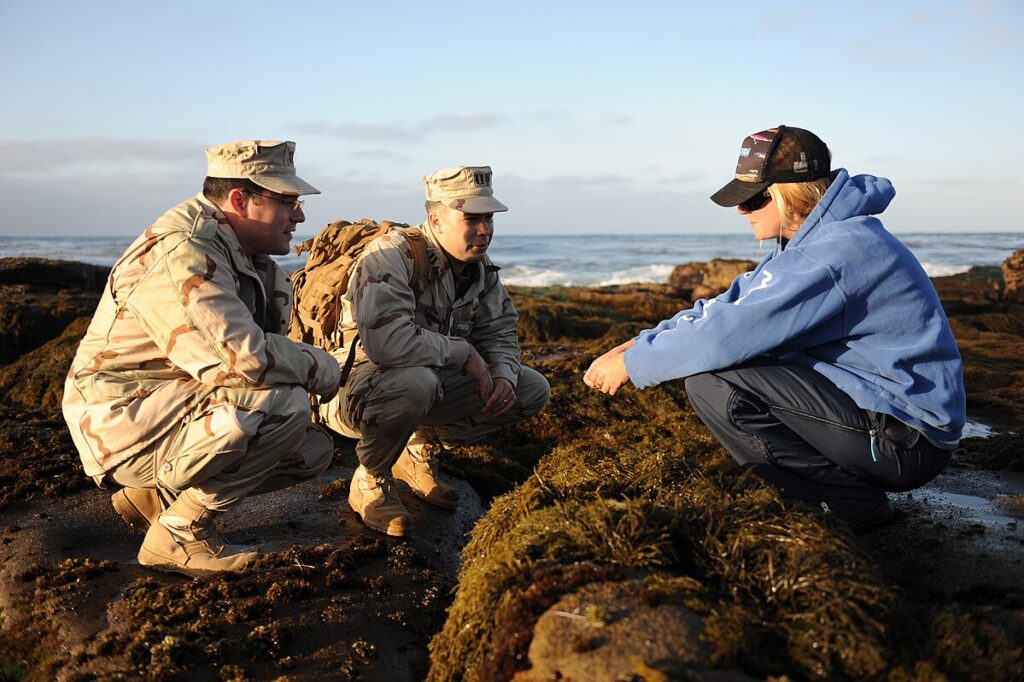
Effective reptile conservation requires a multi-faceted approach addressing the diverse threats these animals face. Habitat protection represents the foundation of conservation efforts, necessitating the establishment of protected areas specifically designed to include critical reptile habitats and movement corridors. Research into reptile biology, ecology, and specific conservation needs must expand, as many species remain poorly studied despite their ecological importance. Public education campaigns can help overcome negative perceptions of reptiles and build support for conservation initiatives while reducing persecution. Engaging local communities in conservation efforts has proven particularly effective, especially when conservation creates economic opportunities through sustainable use or ecotourism. International cooperation is essential for addressing the wildlife trade and establishing consistent protection for migratory species like sea turtles. Finally, implementing climate change adaptation strategies specifically for reptiles will become increasingly important as global temperatures continue to rise.
How Individuals Can Support Reptile Conservation

While large-scale conservation requires governmental and organizational action, individuals can make meaningful contributions to reptile conservation. Supporting conservation organizations financially or through volunteer work provides direct assistance to reptile protection efforts around the world. For homeowners, creating reptile-friendly spaces by maintaining natural areas, avoiding pesticides, and providing structures like rock piles or brush heaps can support local reptile populations. Responsible pet ownership is crucial; prospective reptile owners should research species thoroughly, obtain animals from reputable captive breeders rather than wild-caught sources, and never release unwanted pets into the wild. Participating in citizen science projects that monitor reptile populations allows everyday people to contribute valuable data to conservation research. Finally, advocating for strong environmental policies and habitat protection with elected officials can help ensure reptiles receive the legal protections they need to thrive.
Reptiles have weathered the ages, surviving through vast geological changes that claimed countless other species. Yet in the span of mere decades, human activities have pushed many reptile species to the brink of extinction. The conservation of these ancient animals is not merely an ethical imperative or a matter of preserving biodiversity for its own sake—though these are valid reasons in themselves. Rather, reptile conservation is essential for maintaining the ecological processes and functions that sustain healthy ecosystems upon which all life, including humanity, depends. From controlling pest populations to dispersing seeds, from cycling nutrients to engineering habitats, reptiles perform vital ecological roles that cannot be easily replaced. By protecting reptiles and their habitats, we safeguard not only these remarkable animals but also the complex web of life they help support. Their future, interwoven with our own, depends on the conservation choices we make today.

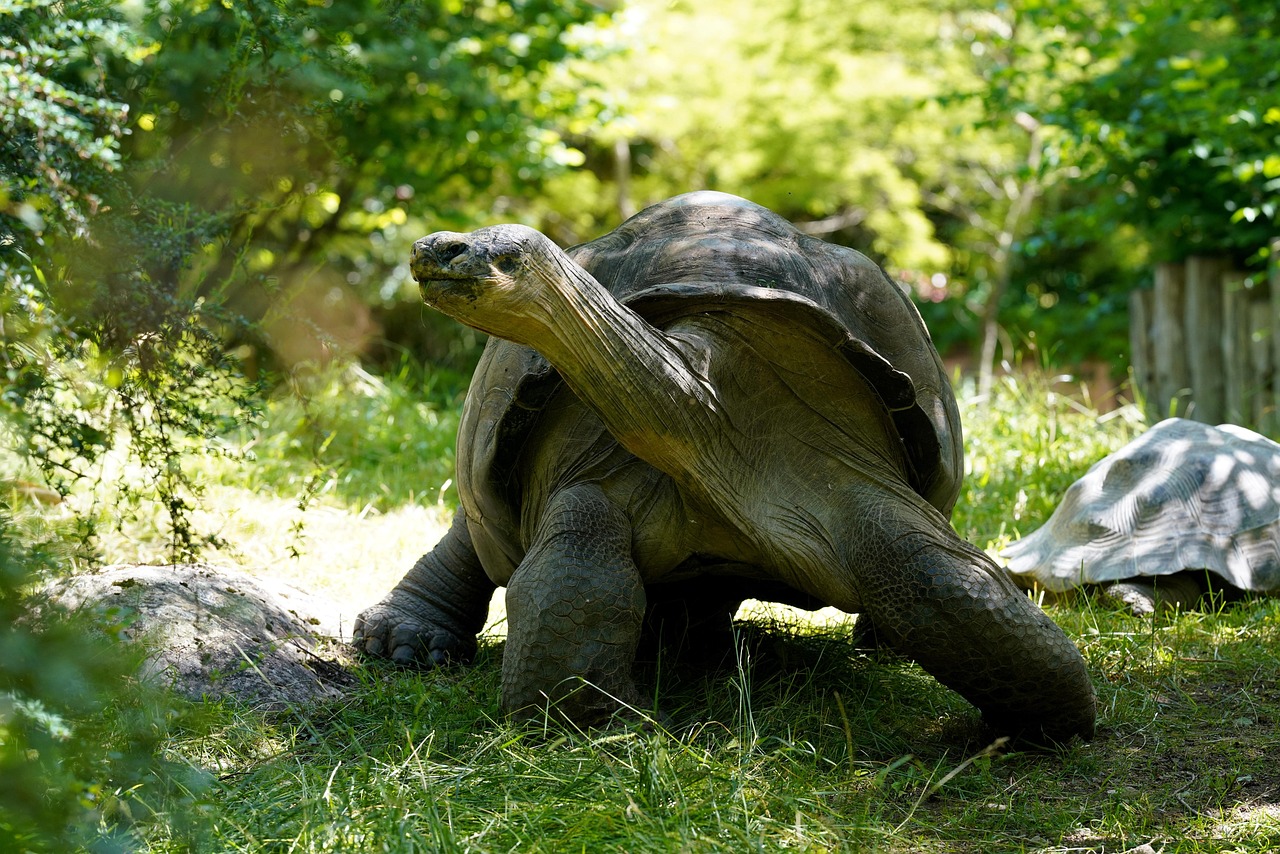
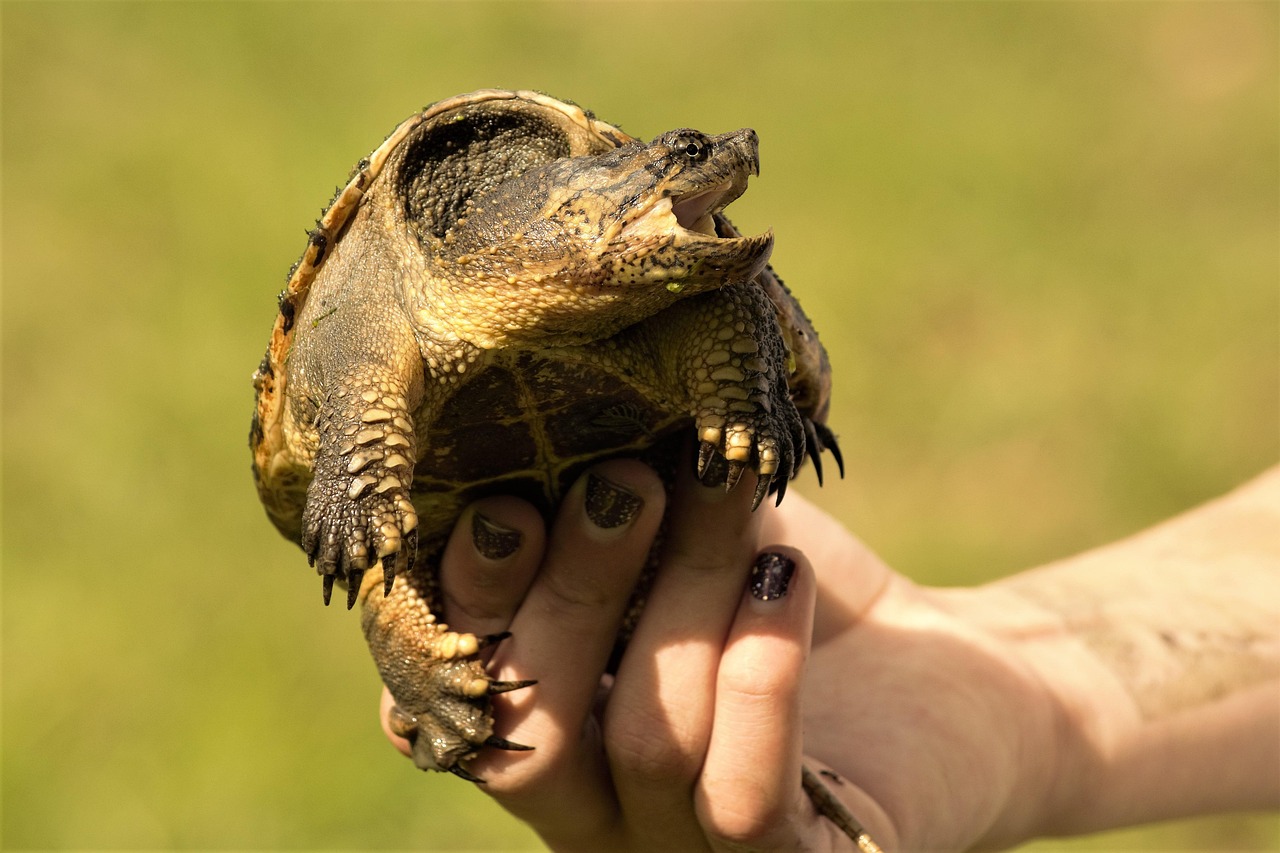
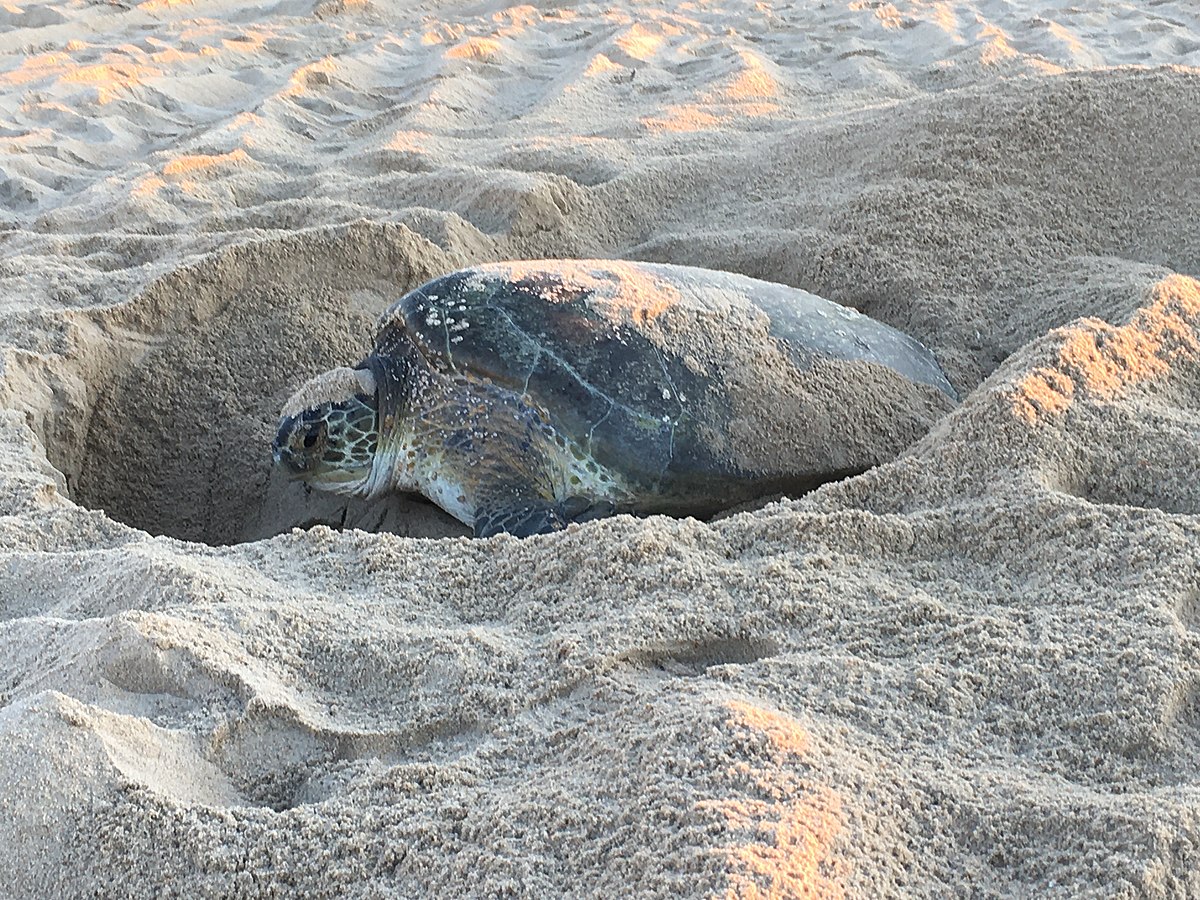
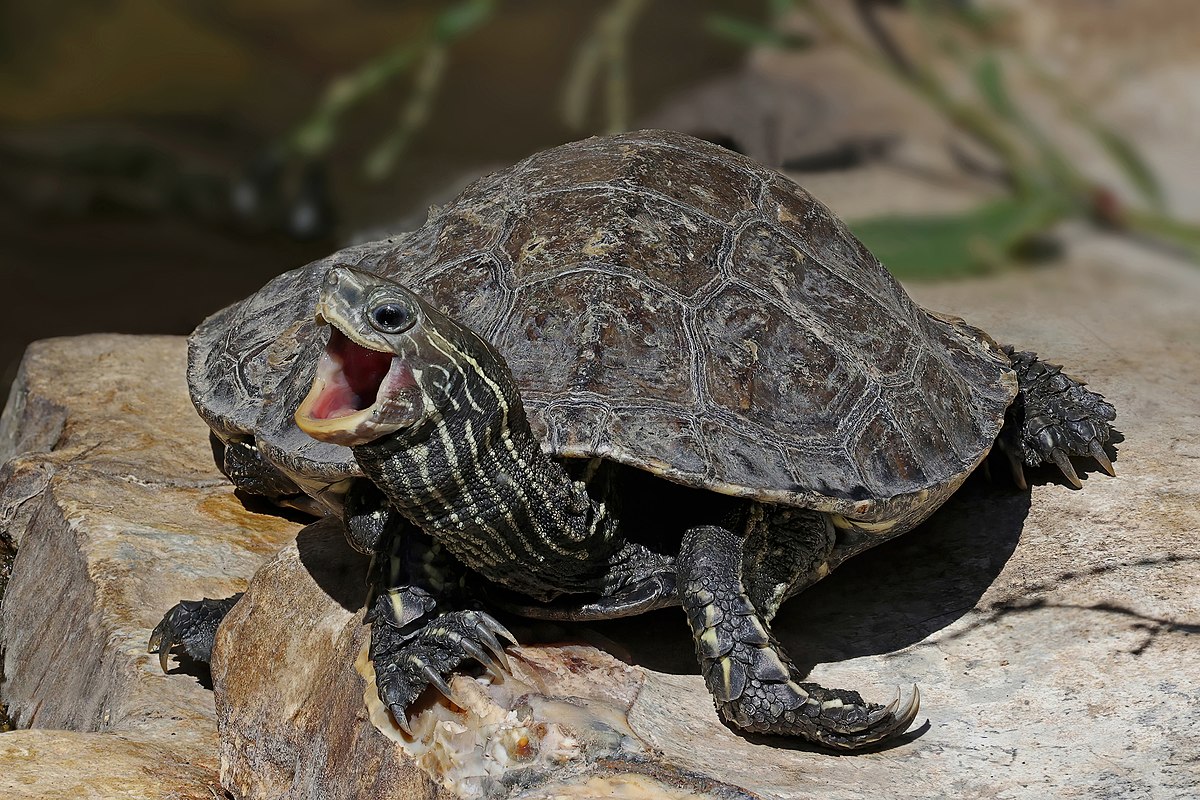
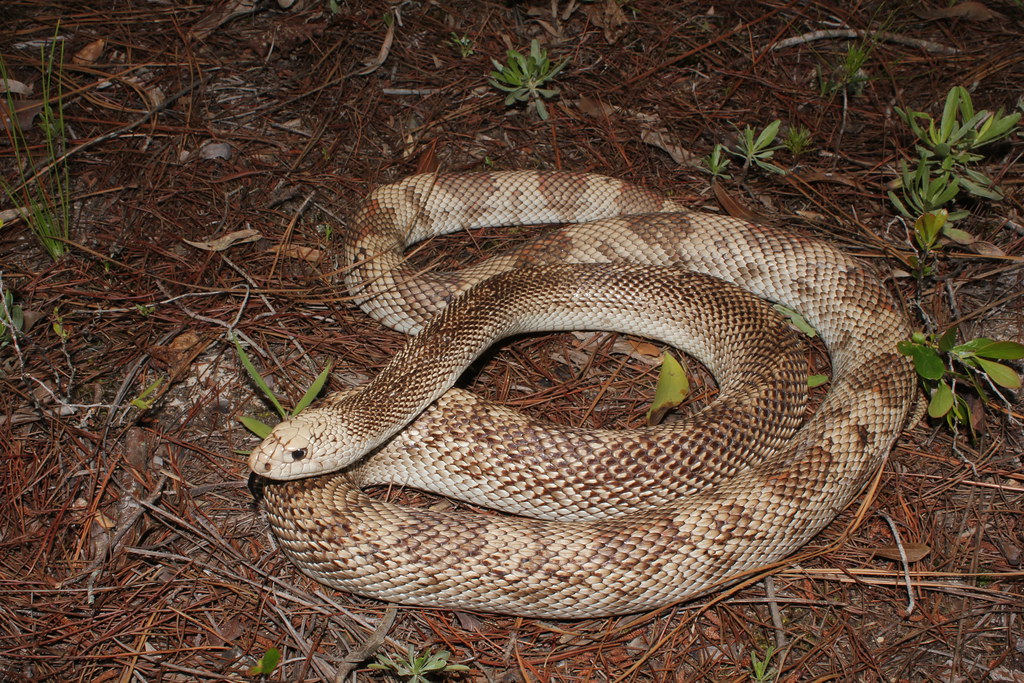



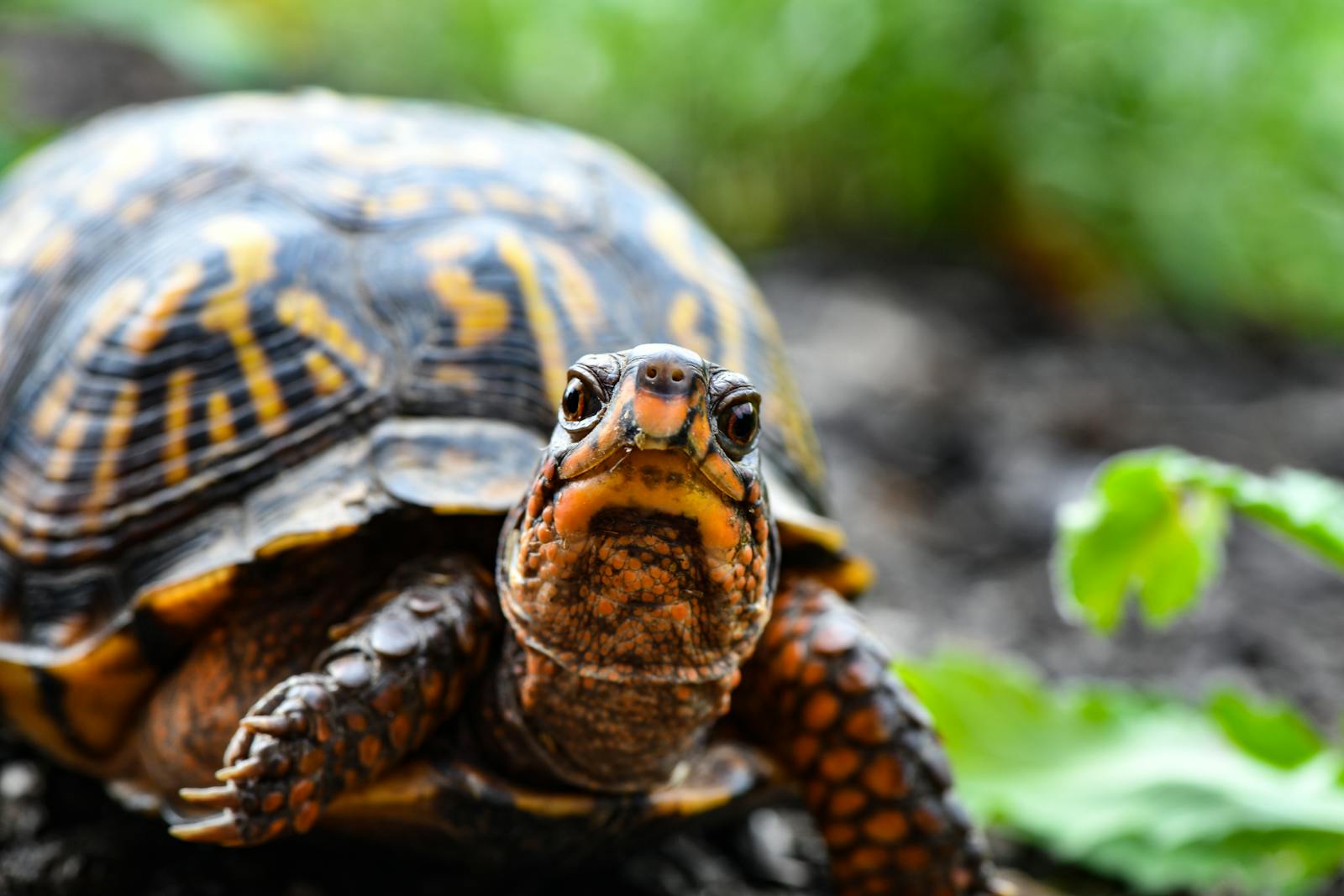
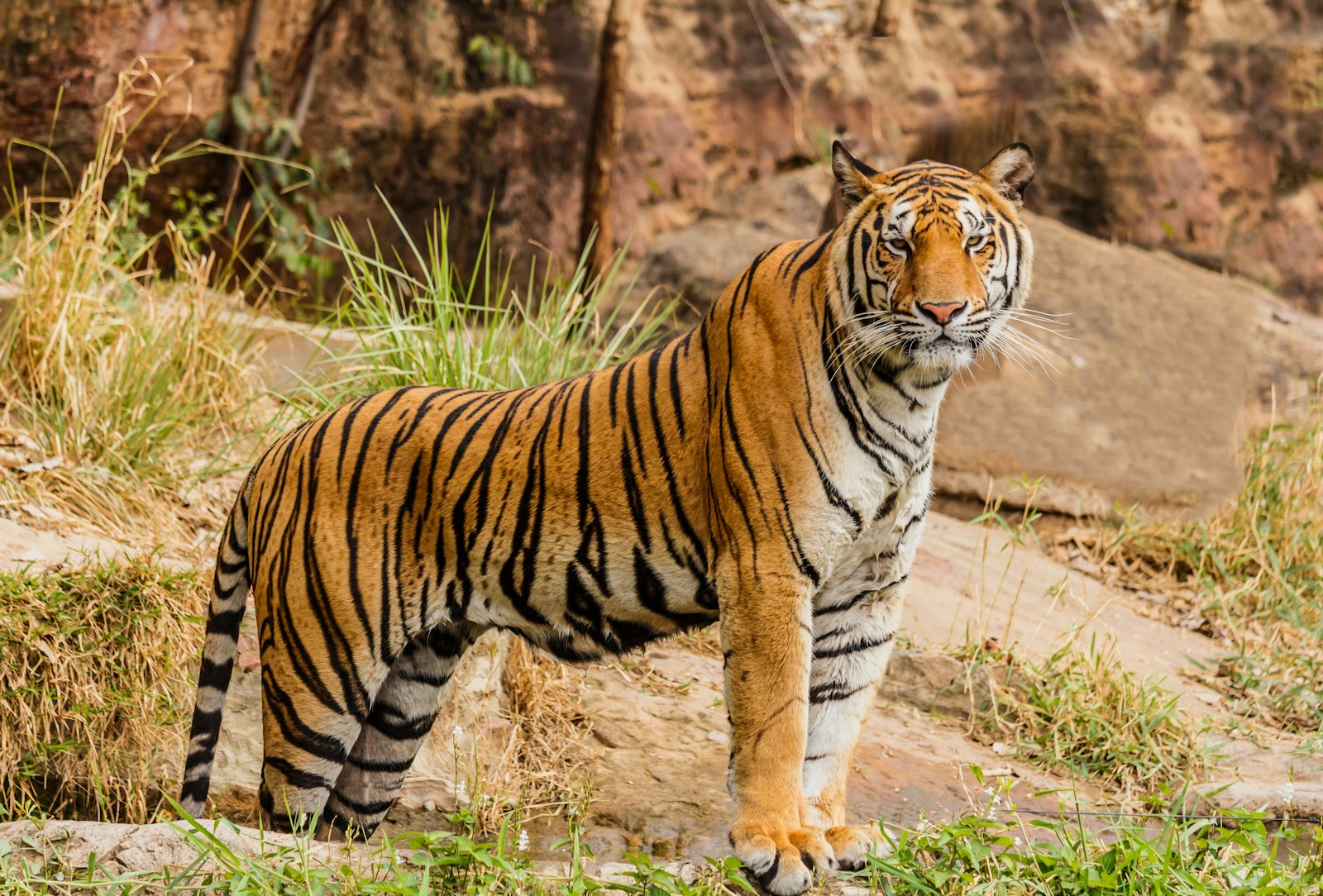
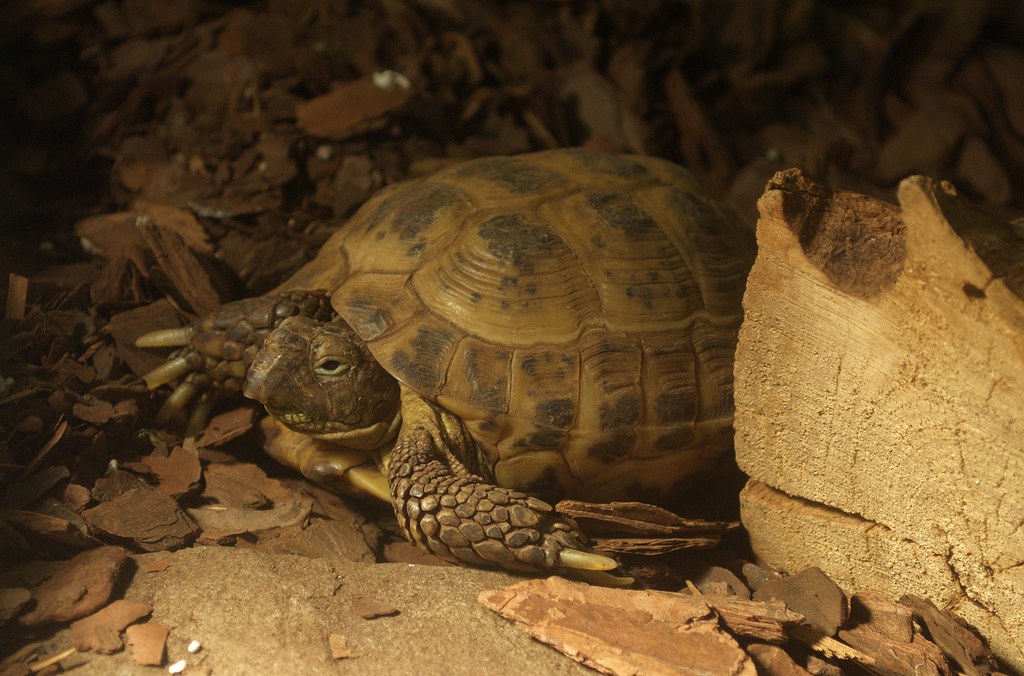
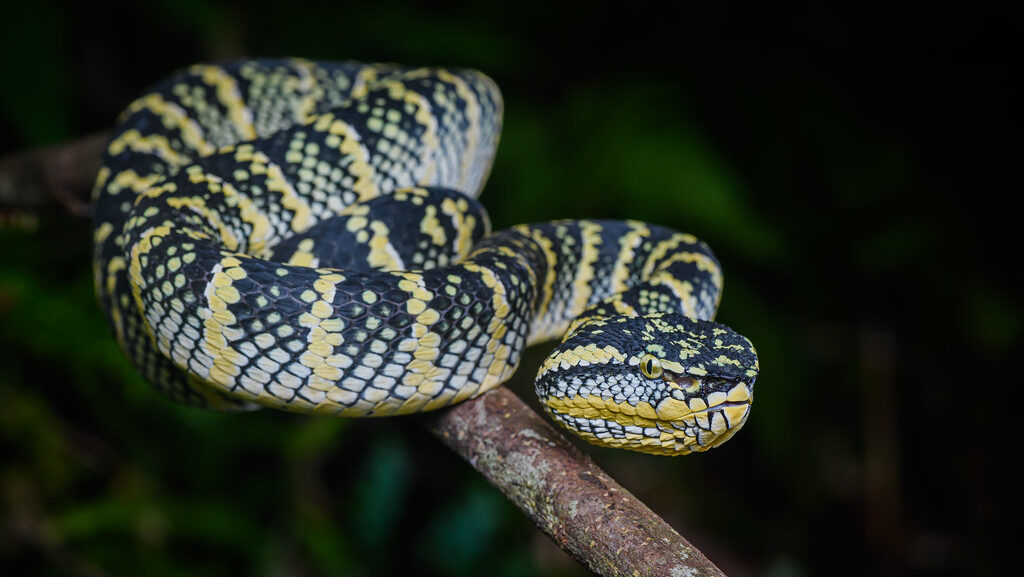
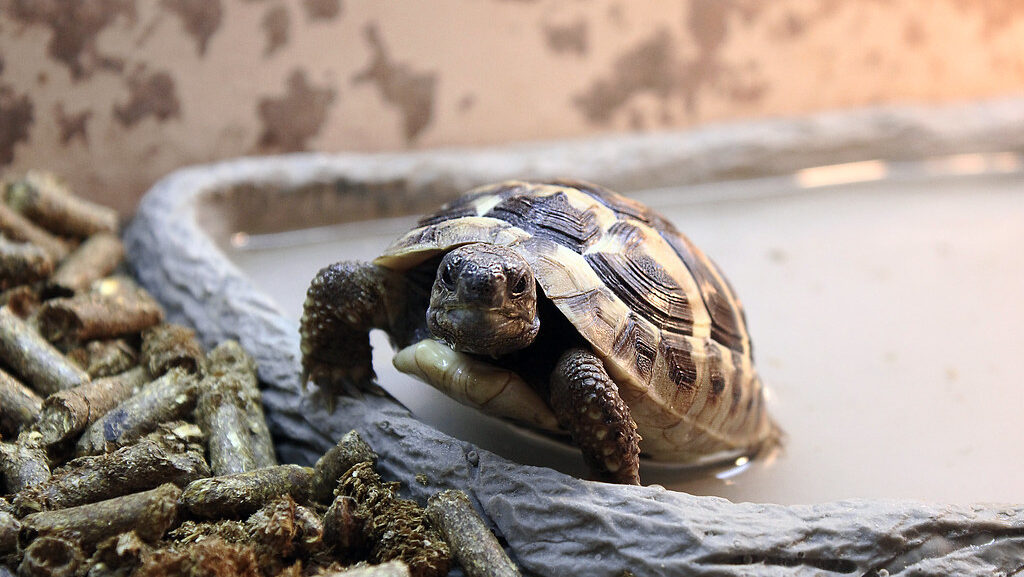

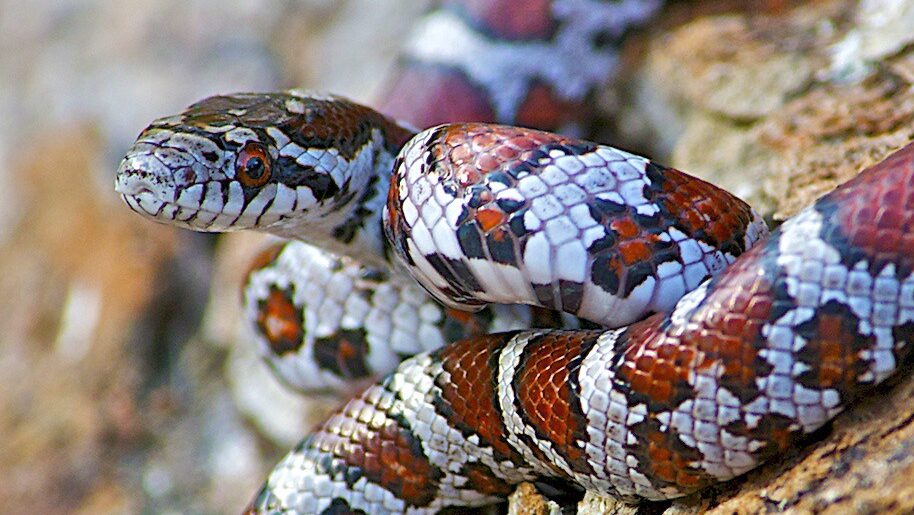
Leave a Reply